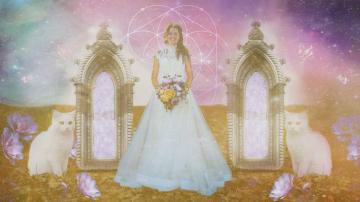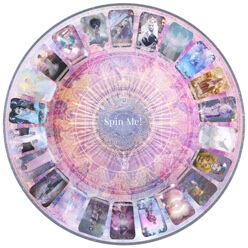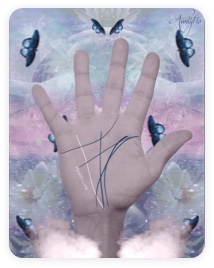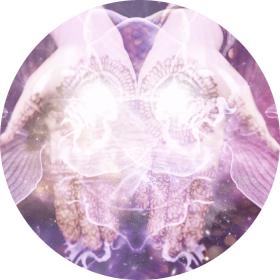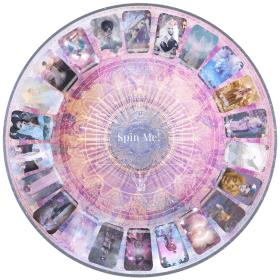Loch Ness Monster
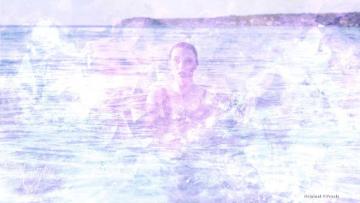
Uncover hidden superstitions meanings
I remember when I was a little girl reading “mystery” books about the lock ness monster and I always wondered if the monster was real? There is a famous photo taken in 1924 but this was a hoax, this mystery has captured the imagination of many people for decades.
What is the Loch Ness monster?
In the year 1933, on May 2, there was a newspaper that reported about an enormous creature which resembled a dinosaur in a freshwater lake in Scotland, called Loch Ness. This was the start of a modern history of one of the most enduring urban legends. What was seen at the lake started being referred to by the name Ness Monster, which was a beast attracted grainy photographs and numerous stories. This happened even after scientists ruled out that, there never existed such a creature. Even with evidence that there was no such a creature, the public still is enthusiastic about news about Ness.
Is the Loch Ness monster real?
The story about the Loch Ness Monster started in the 20th-century photos and sightings which made the monster to be known worldwide. But prior to this there was a story about the creature which was in a local newspaper in Inverness, in 1933, that reported its existence. One could say, yes there is something in the lake this is due to the fact there are stone carvings which date about 1,500 years ago of a mysterious beast with flippers which were found near the loch. According to written reports about the monster inhabiting the Loch Ness, which dates back to the AD565 in the biography of saints St. Columbia of Scottish. According to stories in the local area, a swimmer entered the water and the lock ness monster attacked him (that is where the whole thing started). There have been a number of stories which some have turned out to be fake. I have listed a few below.
Another story was published by the Inverness courier again, this time, 85 years ago talking about the sighting of a strange spectacle on Loch Ness after quoting Aldie Mackay, a local hotelier had a sighting. It was believed that Mackay spotted a whale like fish in the lake in the northern Scottish which was wet, black, and with water rolling off the back of the monster. According to the Aldie, the creature went down and round in a circle before it disappeared from view. It is considered to be the first report in the modern history of a sighting of the beast and that makes people continue to believe that, the Loch Ness monster for sure exists.
In 1933, it is believed that the Loch Ness monster was sighted by a hunter, Marmaduke Wetherell, who found a strange creature in the lake. He claimed that he spotted footprints along the lake that seemed to belong to a large and powerful soft-footed animal which could have a length of about 20 ft. But after the study was carried out, by the British London Museum, the footprints belonged to a dried hippopotamus which Wetherell might have used to form the footprints.
Colonel Robert Wilson claimed that as he was driving along the loch and he saw something moving in the water that made him stop and take some blurred photos which showed the long neck of an animal that had a serpent neck.The Daily Mail showed the photos in their print on the front page on 21 April 1934. Since Robert didn’t want to be associated with the image, it was simply referred to as The Surgeon's Photo. And this is the image which is most famous.
In 1994, a son in law to Wetherell, Christian Spurling, confessed to having assisted his father in law to create the photos which were famous of the Loch Ness as told by Wilson using a toy submarine and some plastic. Christian claims that the photo was given to Wilson to circulate to newspaper rooms to clear the name of Wetherell. In 2018, every year there are stories about the Loch Ness monster being spotted by various people to the authorities of Scotland, confusing people whether it is still hoaxed. All in all, it lacks empirical evidence. In 2017, the monster is said to have been sighted 8 times in just 12 months. In 1996, there were 17 sightings reported. Before 1996, between the 1960s and 1930, there are times when in a particular year, there were more than 20 sightings in a year reported.
According to reports by Willie Cameron, in 2012, the Daily Mail reported that over one million people visit the Loch Ness every year, giving the local economy $25 million. And within the millions, there are those who claim to have spotted the Loch Ness monster.
Loch Ness monster facts
- It is a mythical animal that is believed to live in the Loch Ness.
- Loch Ness is a large freshwater lake which is near Inverness in Scotland. The depth of its water is nearly 800 feet and a length of 23 miles, making to be the largest freshwater in Great Britain.
- Although its accounts date back 1,500 years ago, there is no credible evidence to back its existence.But that hasn’t stopped the public from speculating about the Loch Ness monster.
- Those who believe in the existence of the Loch Ness monster quote the carving of a strange aquatic animal that was found by historians standing near the Loch Ness, dating back to 500AD.
- Saint Columbia is the first reference of the Loch Ness monster that was written way back in the 7th century. He is the one who introduced Christianity to Scotland.It is believed that while he was on his way to visit the King of the northern Picts which was near the Inverness, he confronted the beast at the Loch Ness which was killing people at the lake. He saw the beast about to attack another man and he invoked God’s name and commanded the creature to go back to where it came from. It obeyed and never harmed another human being.
- There was a road which was completed in 1933 to pass along the Loch Ness and that gave more people an insight of the lake. It is then that a local newspaper reported of a couple who saw a large animal rolling and plunging into the water.
- The Loch Ness monster became a big sensation and several London newspapers placed a reward of 20,000-pound reward for whoever captured the monster.
- Big game hunter Marmaduke Wetherell was sent by London Daily Mail to capture the beast.
- A few days later, Wetherell sent a report to the Daily Mail that he had spotted footprints of the monster which later turned out to be that of a dried hippopotamus, a creation of Wetherell.
- In 1934, there was a famous photograph of the Loch Ness monster taken by a Dr. Wilson of a dinosaur-like a creature having a long neck emerging from the water did its rounds. Later on, it was found out that it was a hoax by Wetherell to clear his name about the other hoax of a footprint.
- In the 1960s, researchers did underwater researches and only found out that, there were large underwater objects moving deep inside, but they couldn’t get a clear picture of them…and they never came to the surface.
- In 1975, a combination of underwater photography and sonar by Boston’s Academy of Applied science found out an enhancement of a giant flipper of a plesiosaur-like a creature at the Loch Ness. In the 1980s and 1990s, more images were found.
By Florance Saul
May 6, 2018

